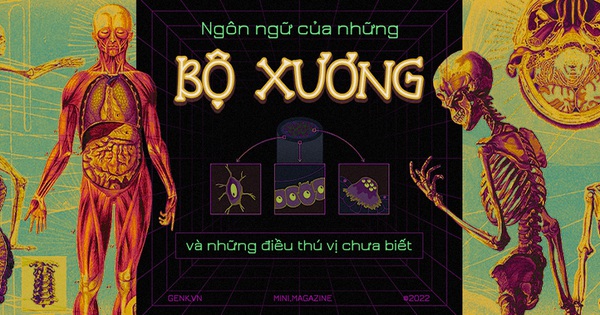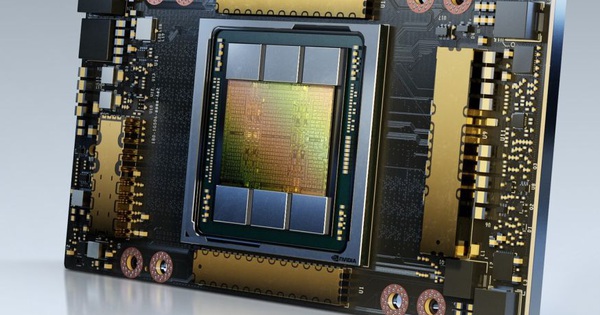Why did scientists once think that the retina of the dead is the place to store memories?
Going beyond investigative techniques like fingerprinting in the 21st century, the field of forensics has introduced even investigators working in the crime genre to many interesting methods of identifying criminals. However, many of them are not really effective as expected, so they are no longer used at the present time.
In the history of criminal investigation, there have been many examples of investigators trying to discover new techniques to identify criminals.
During the 20th century and before, various police forces used psychics to help in the investigation process. In the Victorian era, scientists, police and the press seemed obsessed with a new scientific process that many believe could change the nature of criminal investigation forever. That’s optical-based investigation – scientists once believed that the dead person’s final look could be extracted into images from the victim’s eyeballs, thereby providing evidence and images of the killer. homicidal.
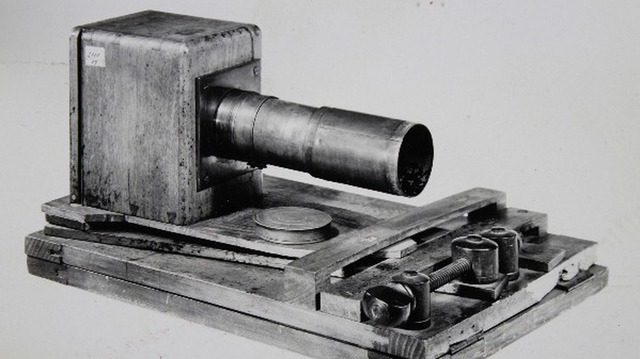
The emergence of optics is understandable when we look at how science developed in the 1800s and how fresh discoveries about the nature of life on Earth were assimilated into the culture of the time. .
As the Museum of Ophthalmology notes, new scientific discoveries and industrial developments have changed the way people view the natural world. For example, Mary Shelley’s 1818 novel, “Frankenstein,” tells the story of a scientist who gives life to a human being from grafts from dead human body parts. Although never explicitly discussed in the work itself, Shelley later revealed that this revival process was influenced by Galvanian practice: the attempt to revive dead tissue using electricity, pioneered by Italian scientist Luigi Galvani (according to Public Domain Review). Three years before the invention of the electric motor, Shelley wrote down his speculation that electric power could be the fundamental driving force of human life.
Another great development of the Victorian era was the camera, with the invention of the daguerreotype camera in 1839. Like the exploitation of electricity, this new discovery also had an impact on the way Victorian people saw get the natural world.
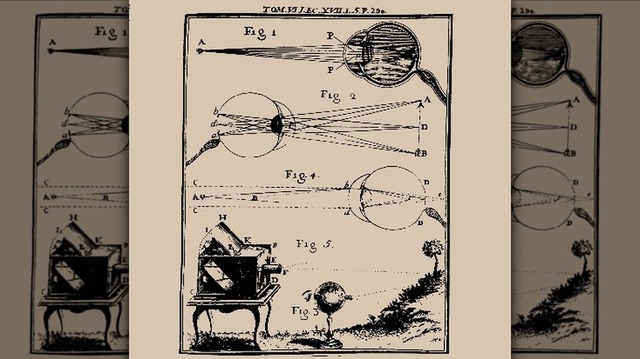
The Photographic Museum notes that after photographic plates were introduced in 1851, many urban legends arose based on this new technique. Likewise, the use of glass in photography was recognized by people of the time as a camera as a mechanical eye, which suggested that the human eye could function in the same direction as a photographic camera. image.
Accordingly, intriguing tidbits circulated in magazines and newspapers on both sides of the Atlantic, which asserted that “the final image formed on the retina of a dying person’s eye is still preserved.” kept for a period of time after death”.
From that point on, it’s not surprising that people wonder if the retina (or even the eyeball) of a murder victim could have somehow captured the criminal’s image. are not.
According to Neuroscientifically Challenged, this speculation is tied to the story of a Chicago murder case in which investigators are said to have found an image of a man on a victim’s retina, possibly a of his killer. Although this has caused a stir for a while, its true content has never been scientifically verified.
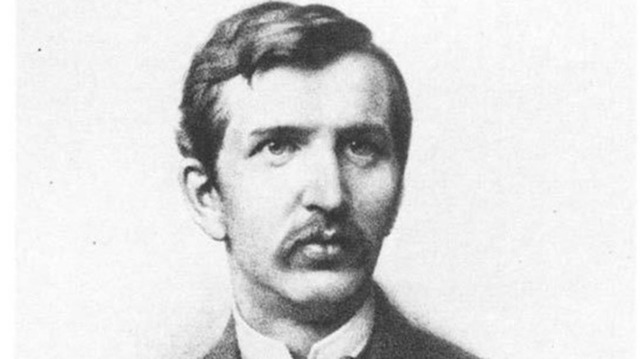
Franz Christan Boll, a German physiologist, although he died at the age of 30, Boll was the one to discover rhodopsin, which, according to the Museum of Photogrammetry, is a pigment in rod cells found in the eye. . This discovery seems to have tacitly confirmed that the human eye can also function as a photographic mechanism.
Franz Boll’s experiments on the nature of rhodopsin were carried out by his colleagues. Wilhelm Friedrich Künhe, like Boll, also began experimenting with frogs, but later turned to rabbits to try to extract more detailed visual images from the eyes of dead specimens. His biggest achievement came from the eye of a rabbit and showed a surprisingly detailed image of a window the retina was exposed to at the time of death, according to Neuroscientally Challenged.
However, Künhe soon identified some difficulties in obtaining optograms from the eyes of recently deceased beings. First, the eye must be recovered and disposed of immediately after death; otherwise, rhodopsin in the retina will regenerate before a visual image can be extracted. Künhe then realized that the eye had to be placed at a fixed point, or else the visual image would be overlaid with the same exposure multiple times, blurring the image.
Subsequent studies and experiments led Kühne to realize that even at the perfect time to extract images from the retina, optograms yield only a rudimentary picture of the light source to which it is exposed, according to Kühne. However, this method does not appear to be available in science or criminal investigation.
In 1880, he operated on the eye of a hanged man not too far from his laboratory in Heidelberg: although bleaching had occurred, it was in fact insufficient to provide any any image identification.
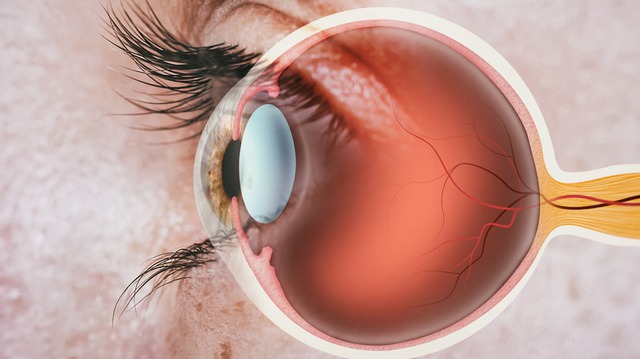
Science may have largely revealed the practical applicability of optics through the pioneering work of Boll and Kühne, but the concept persists in science fiction and detective fiction.
at Blogtuan.info – Source: genk.vn – Read the original article here

